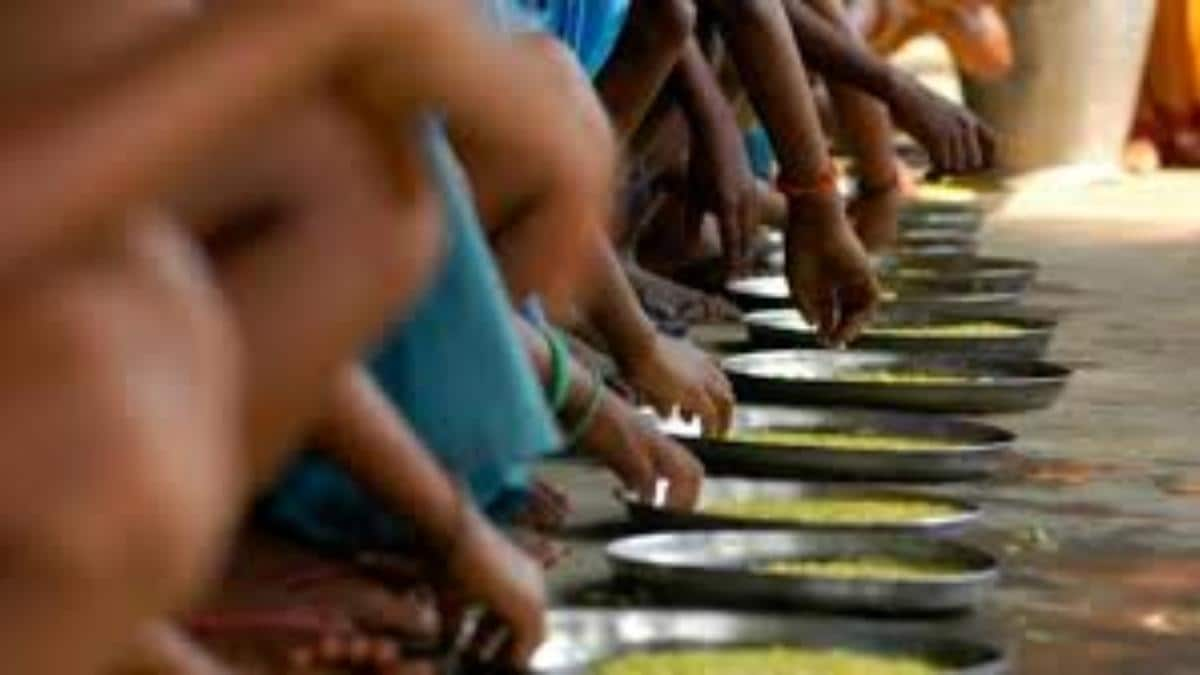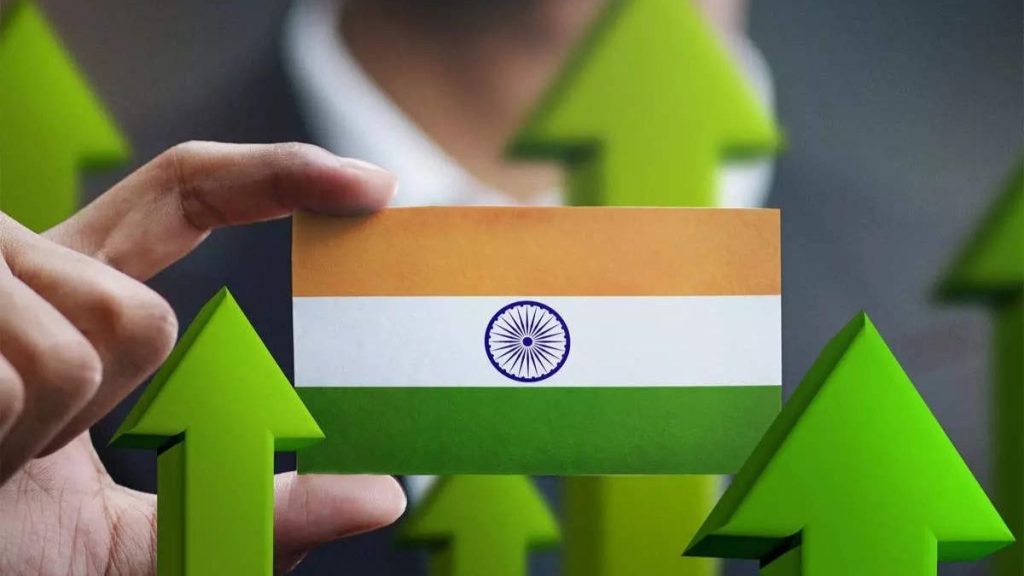Three recent agency reports revealed national poverty shortcomings. Due to the pandemic, poverty levels in India have climbed again and progress has halted. India’s GHI ranking has dropped further due to massive economic destruction. Rural poverty is four times higher than urban poor, worsening the problem. Ignoring such a severe situation is risky for a government.

The pandemic and Ukraine conflict have added 70 million people to extreme poverty, according to the World Bank’s “Poverty and Shared Prosperity” study. India was hardest hit, losing roughly 25% of its GDP. Early estimates show 56 million more poor in 2020. This shows that government welfare programmes like the Mahatma Gandhi National Rural Employment Guarantee and free food have not offset the significant loss of livelihoods during the pandemic.
World Hunger Aid International’s Global Hunger Index 2022 verifies the World Bank’s findings on rising poverty. India fell from 95th to 107th on the 2022 GHI. They have an Extremely Low Food Supply Hunger Index score of 29.1. India fell in ranks due to its high rate of child wasting (19.3%), or failure to gain normal weight. GHI prioritises childhood malnutrition. It contributes three of the four GHI indicators.
The Indian government’s objections to utilising child indicators to measure population hunger are unconvincing. The GHI prioritises child nutrition because it measures a fragile and sensitive group. Hunger’s impact on children’s physical and mental development and mortality rates are evident and verifiable. The poor, who can only afford cereals and cereal replacements, don’t get enough nutrients for a balanced diet, which increases hunger. Eggs, a critical protein source for the poor, are banned from school midday meals in numerous Bharatiya Janata Party-ruled states.

The UNDP/OPHI study is the most severe condemnation of the government’s poverty reduction programmes. Over the previous 15 years, India’s disadvantaged population has reduced by 415 million. “Global Multidimensional Poverty Index 2022” is the report. The United Progressive Alliance government is blamed for the deterioration, however most of it happened in the first 10 years between 2005-06 and 2015-16. Thus, the number of poor fell by 275 million in the first decade but only 140 million in the five years from 2015 to 2019. It appears that the annual average rate of decrease is similar across the two time periods, although this decline in the number of poor in the latter period is greatly exaggerated. Pre-pandemic data was used to estimate poverty in 2019-21.
The second session saw a third of the first’s MPI decline. From 2015-17 to 2019-21, the MPI value declined by 0.053, compared to 0.161 from 2005-06 to 2015-16. The poverty rate fell 27.4% from 55.1% in 2005-06 to 27.7% in 2015-2016. Poverty fell 11.3% from 27.4% to 16.4% in the second period. The trickle-down effect has been drastically diminished, putting the world’s greatest poor population of 228 million people in abject poverty.

However, deprivation scores reveal that another 20% of the population is at risk of poverty, which is worrying. 16.4% and 15.0 percent of the population are economically disadvantaged. The National Democratic Alliance’s poverty-reduction promises are evident. However, rural distress is more pressing. Despite recent harvests, rural poverty is approximately four times larger than urban poverty (5.5% vs. 21.2%). 90% of the world’s 229 million impoverished are rural. India’s rural areas’ plight is partly the government’s fault.

